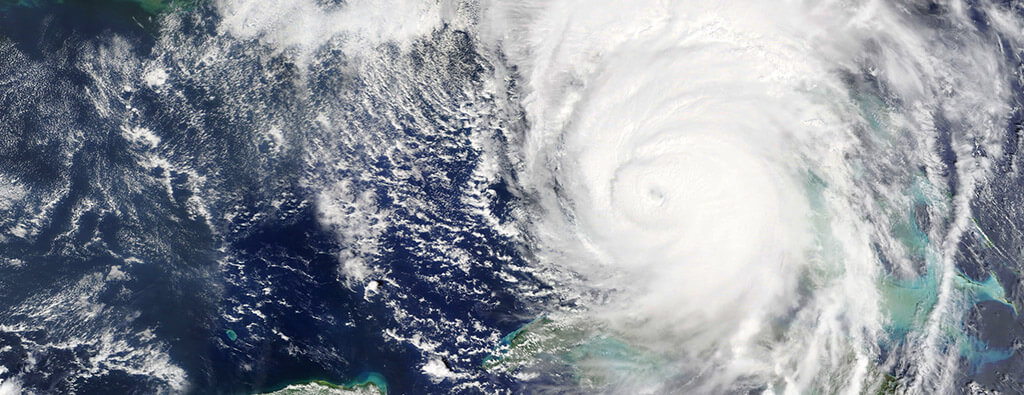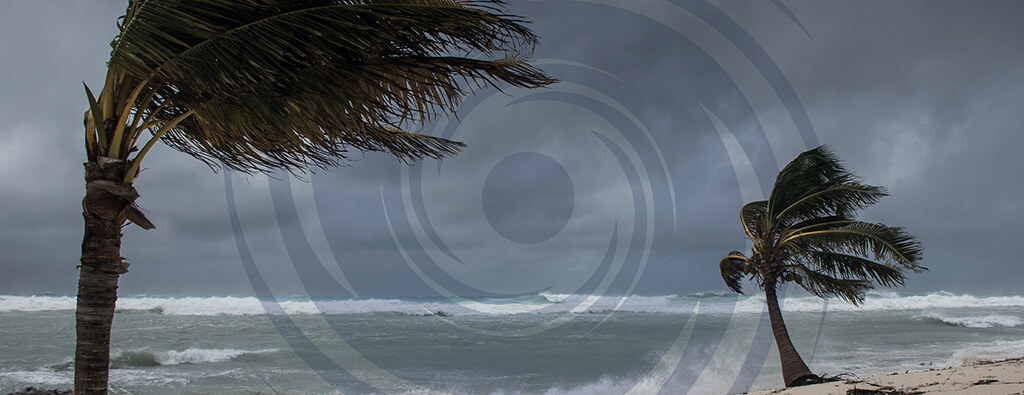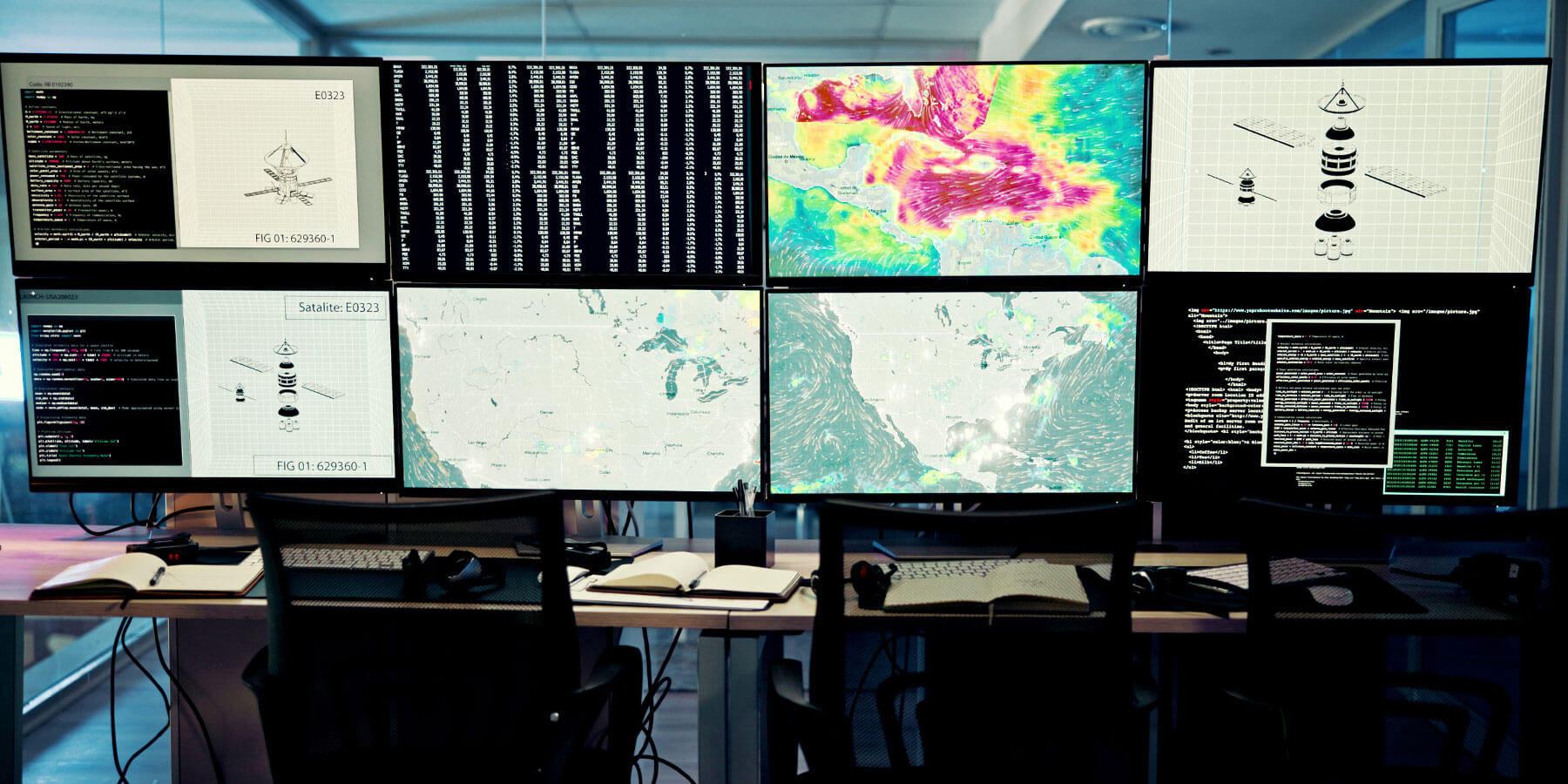As we continue our series for National Disaster Preparedness Month, we turn our attention to the critical role community engagement plays in building resilience against disasters. When disasters strike, the strength of a community’s response often hinges on the ties between its members. Grassroots efforts can be powerful in preparing for and responding to emergencies.
The Value of Local Knowledge
One of a community’s greatest assets is its residents’ knowledge and experience. Often passed down through generations, local knowledge can provide invaluable insights into the community’s specific risks. Whether it’s understanding flood-prone areas or knowing which neighbors may need extra help during an emergency, this localized awareness can significantly enhance preparedness efforts.
Community engagement allows for the sharing of this knowledge. Regular meetings, workshops, and community events can serve as platforms for residents to come together, discuss potential threats, and develop mitigation strategies. These interactions strengthen the community’s preparedness and build a sense of solidarity that is vital in times of crisis.
Grassroots Initiatives: Building from the Ground Up
Grassroots initiatives are often the backbone of effective disaster preparedness. These efforts are led by community members and tailored to address their area’s unique needs and challenges. Examples include neighborhood watch groups, volunteer disaster response teams, and community-led emergency drills.
One key strength of grassroots efforts is their flexibility. Unlike top-down approaches, which adapt slowly, grassroots initiatives can quickly respond to changing conditions. For instance, in the aftermath of a natural disaster, a local volunteer group can mobilize rapidly to provide immediate assistance, while larger organizations may still coordinate their response.
These grassroots efforts prepare the community for potential disasters and empower residents. Individuals develop a more profound sense of responsibility and ownership over their environment by taking an active role in their community’s safety.
Strengthening Networks through Collaboration
Community engagement also fosters collaboration between different groups and organizations within the community. Schools, businesses, faith-based organizations, and local governments can all participate in disaster preparedness. By working together, these groups can pool resources, share information, and coordinate their efforts more effectively.
For example, a local business might provide essential supplies or temporary shelter during an emergency, while a school could serve as a hub for disseminating information and coordinating response efforts. Faith-based organizations often have deep roots in the community and can be instrumental in reaching vulnerable populations, offering support and comfort in times of need.
These collaborative efforts are most effective when established well before a disaster occurs. Regular communication and joint planning can ensure that all parties are on the same page when a crisis arises, leading to a more efficient and unified response.
The Role of Communication
Effective communication is at the heart of successful community engagement. Residents should know about their risks, the plans to address them, and how they can get involved. Utilizing multiple channels, including social media, local news outlets, and community bulletin boards, can help ensure that everyone receives the necessary information.
Moreover, encouraging open dialogue within the community can help identify potential gaps in preparedness and provide opportunities for continuous improvement. Listening to residents’ concerns and ideas can lead to innovative solutions and more robust preparedness plans.
The importance of community engagement cannot be overstated in the face of increasingly frequent and severe disasters. Grassroots efforts, driven by community members’ knowledge, experience, and collaboration, are essential to building resilience and ensuring a swift, effective response when disaster strikes.
As we continue recognizing National Disaster Preparedness Month, we encourage you to join your local community. Attend meetings, participate in drills, and contribute to the collective effort to keep your community safe. Remember, the strength of a community lies in its people, and by working together, we can create a safer, more resilient future for all.



